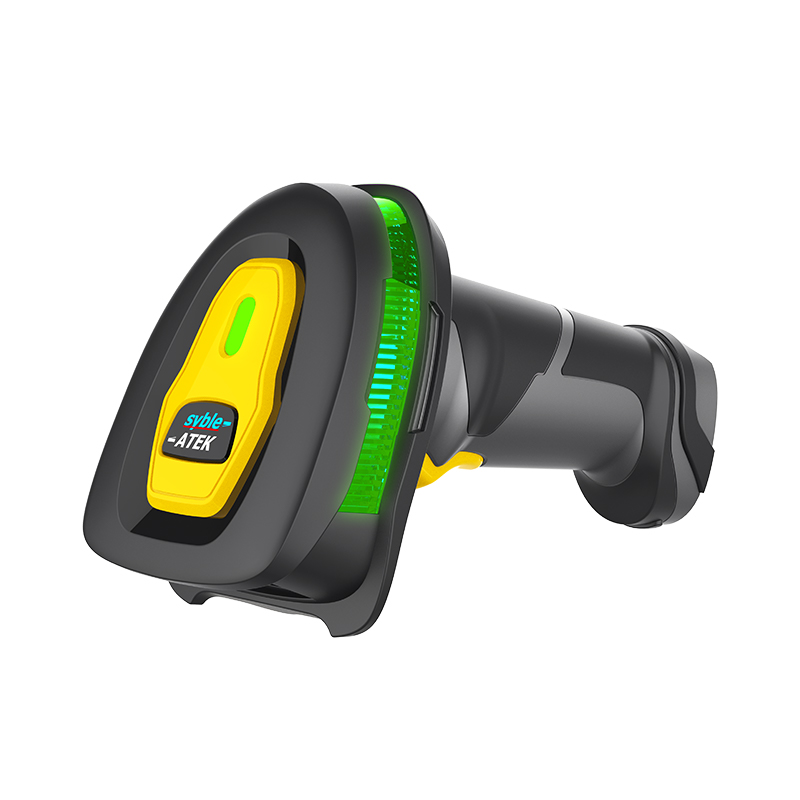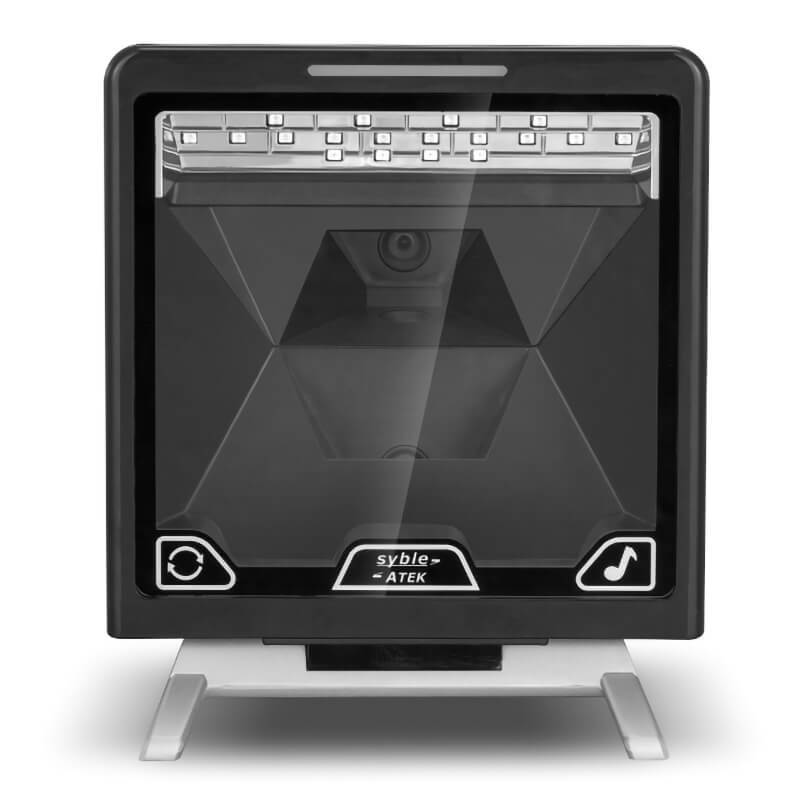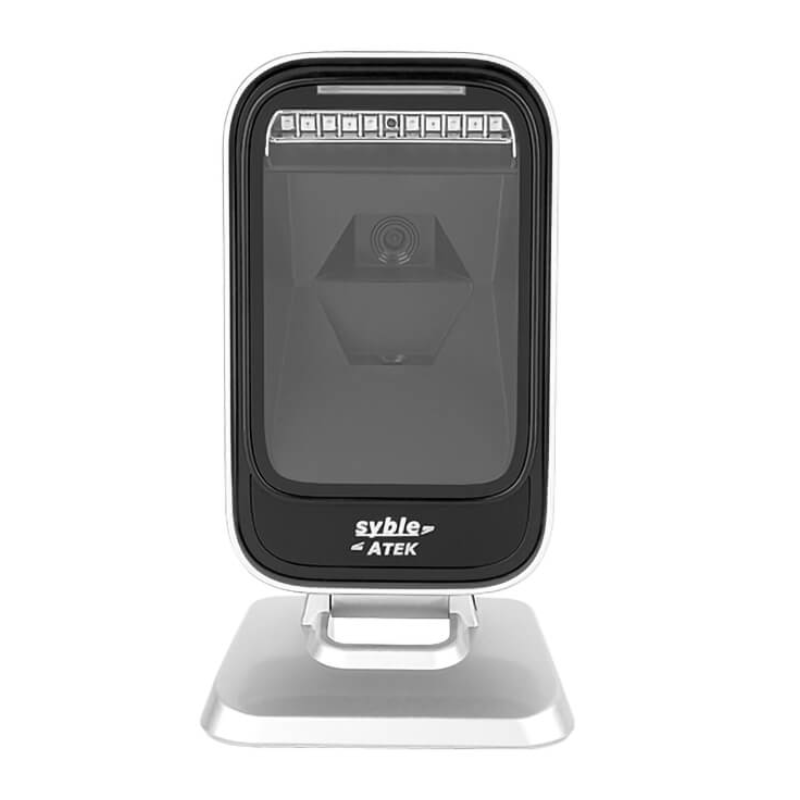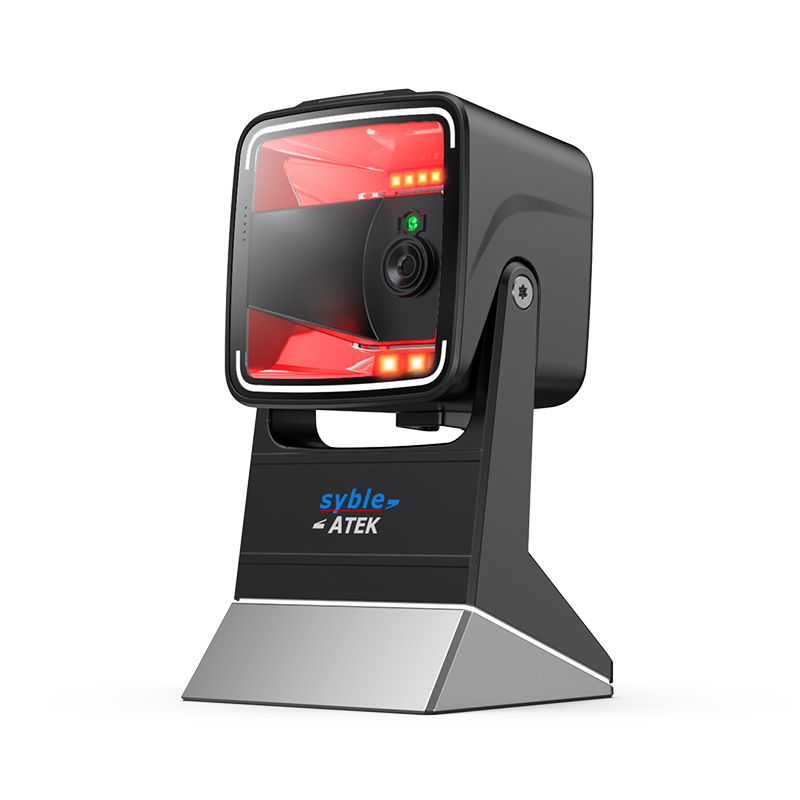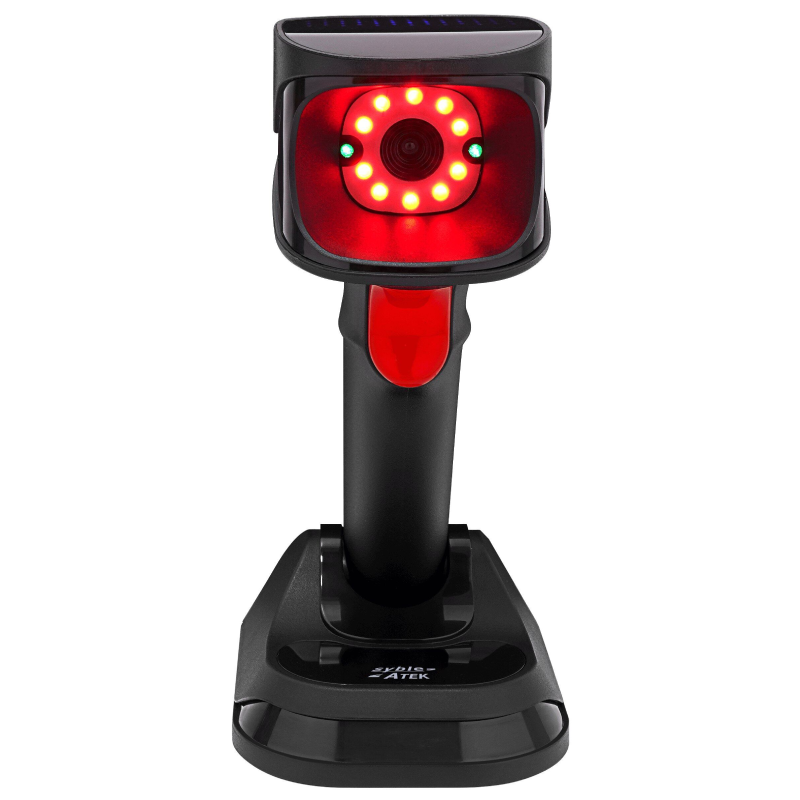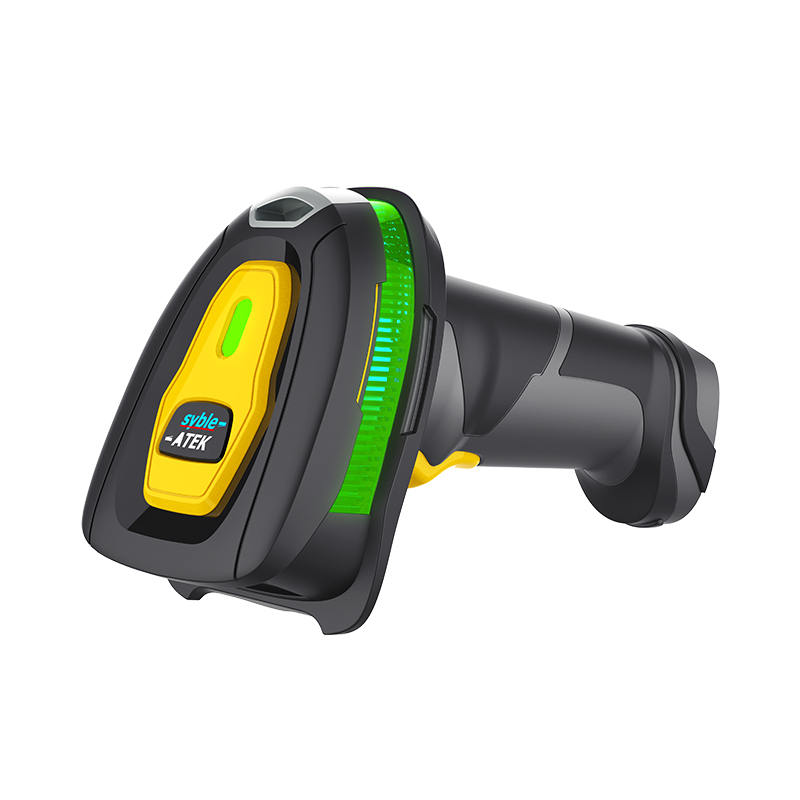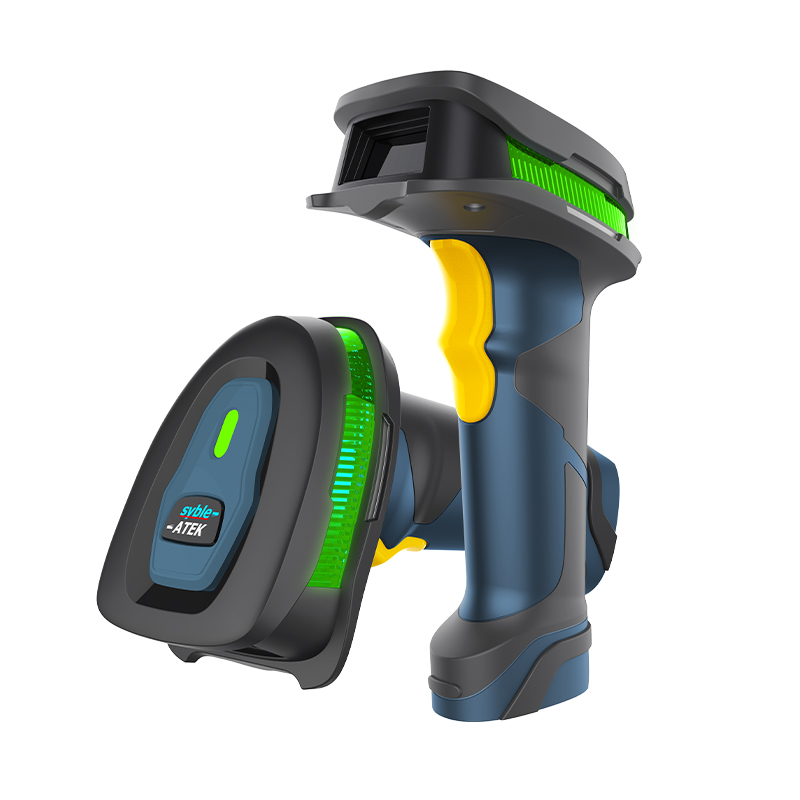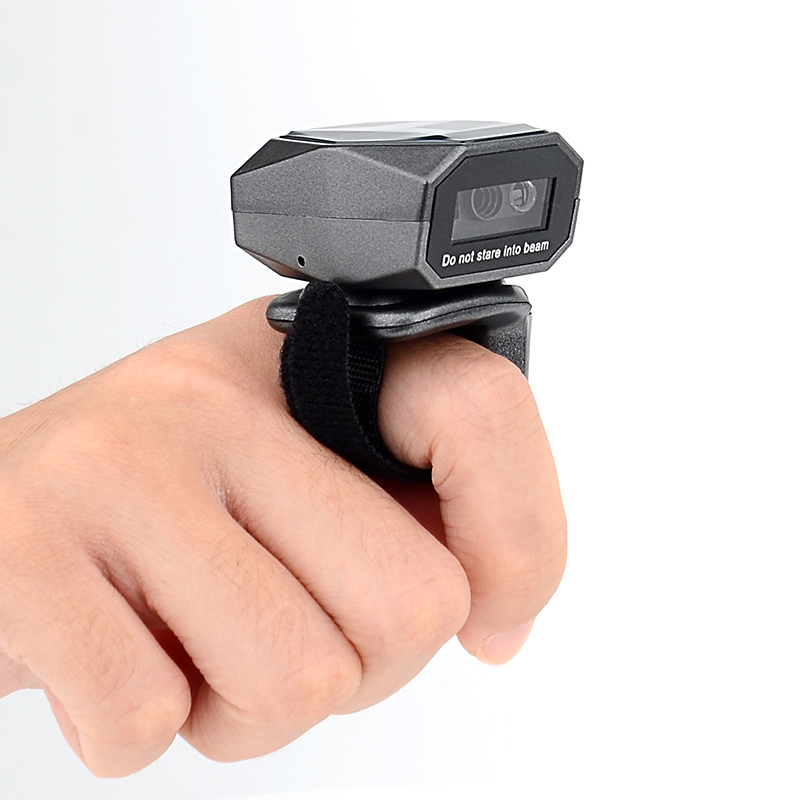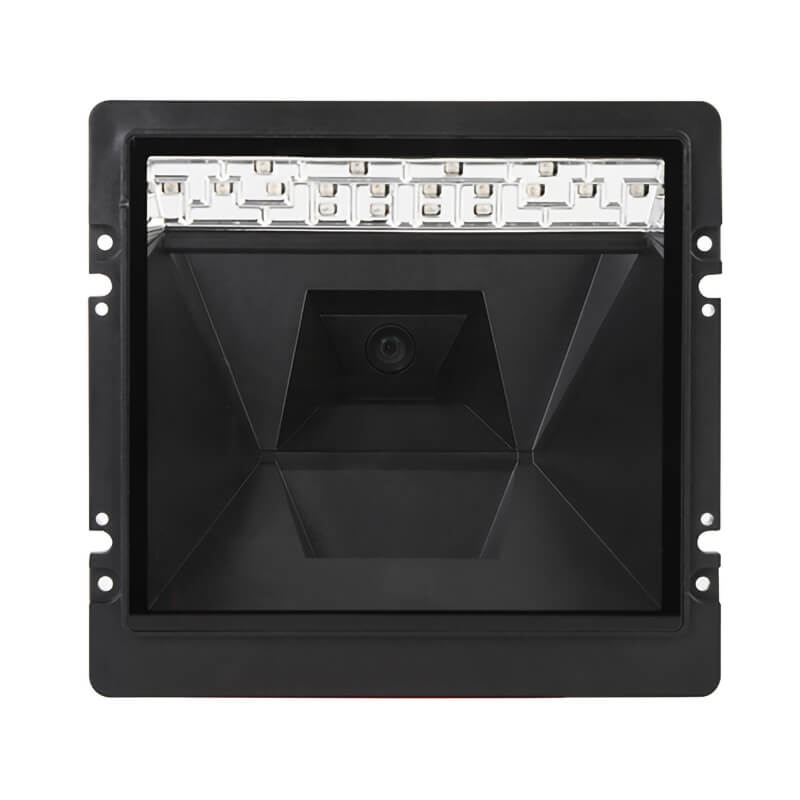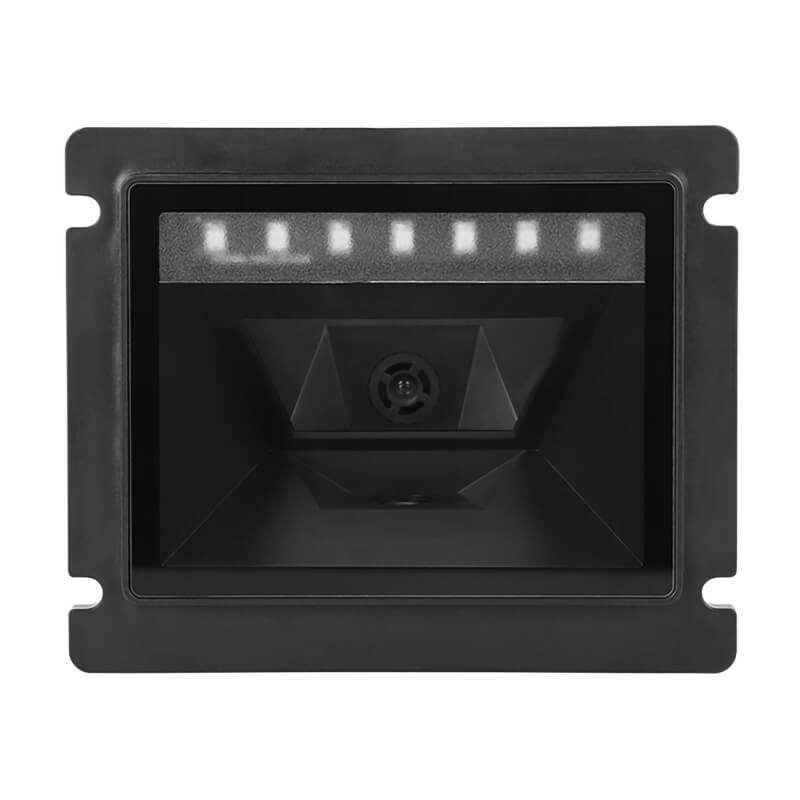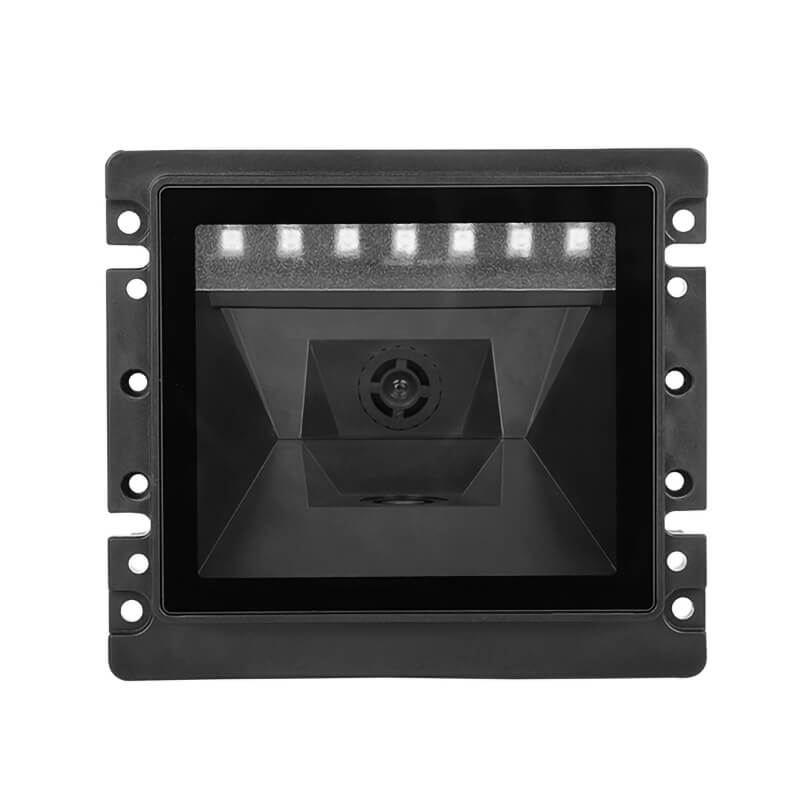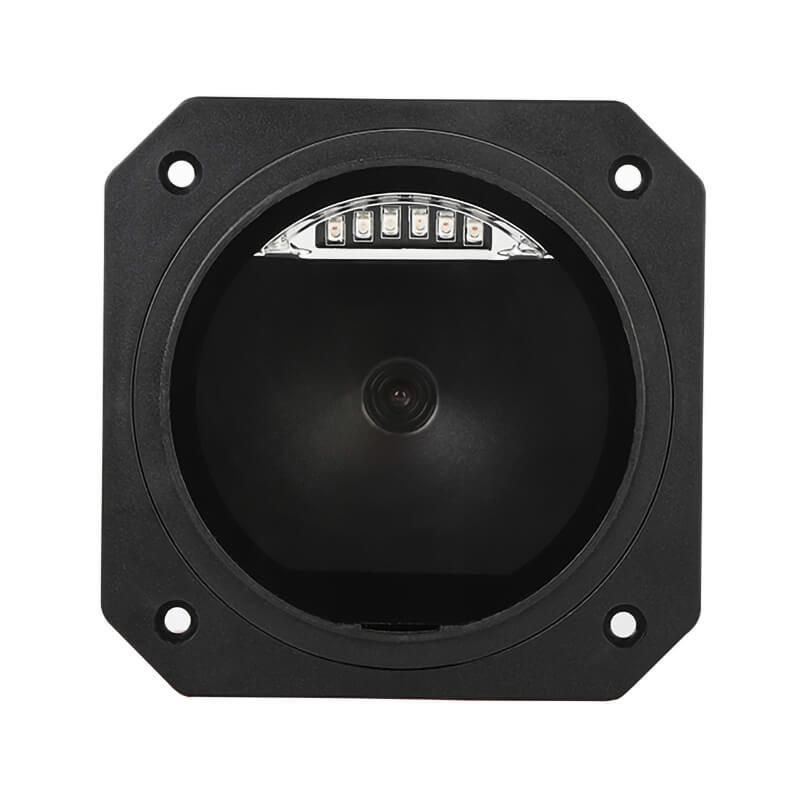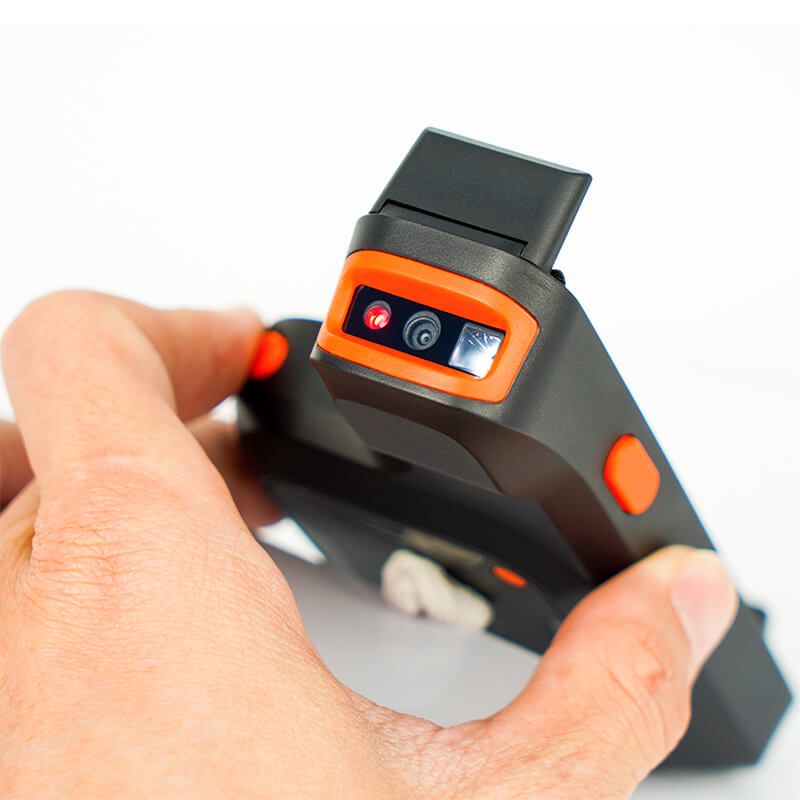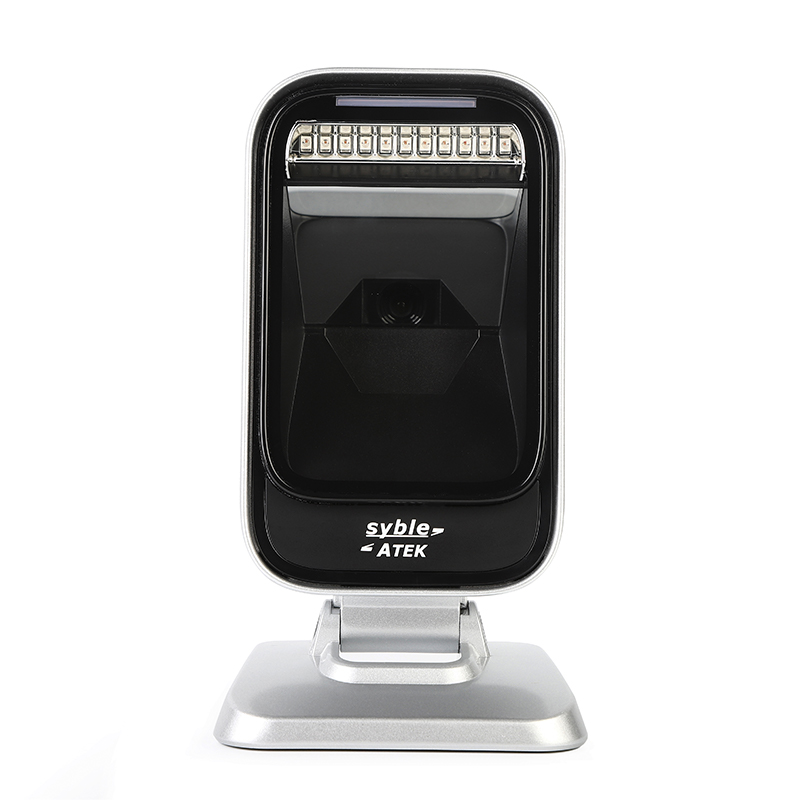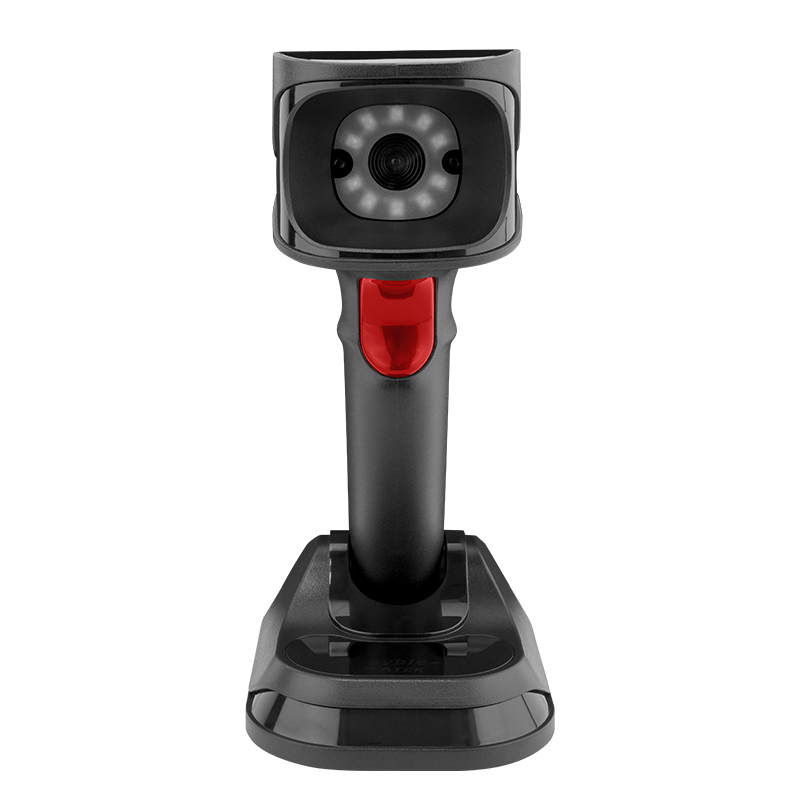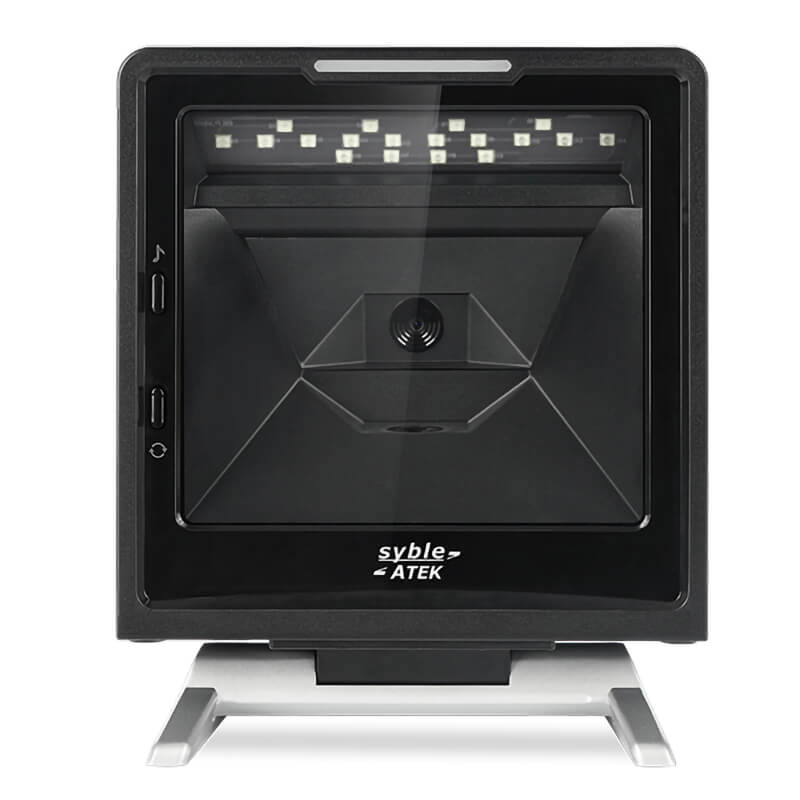In today's digital age, where information is readily accessible, QR codes and barcodes play a pivotal role in bridging the gap between the physical and digital worlds. Although both technologies are designed for the rapid retrieval of encoded information, significant differences exist between QR code scanners and barcode scanners. This article delves into these differences, highlighting their unique features and applications to provide a clearer understanding of their respective advantages in various settings.
What Is A Barcode?
Barcodes fundamentally encode information visually, facilitating the transfer of this data in a tangible format until it is required by a digital management system. Characterized by their distinctive black lines and numerical sequences, barcodes utilize specific patterns and symbologies to store varied information efficiently. Although primarily constrained by their physical dimensions, barcodes effectively accommodate a considerable amount of data within their linear framework.
Understanding Barcode Technology
Barcodes have transformed inventory management and the checkout experience across the globe. Utilizing various symbologies—UPC for retail environments and Code 128 for logistics operations—they encode data in forms that machines can readily interpret. Standard barcode scanners operate through a coordinated system of a light source, a sensor, and a decoder. The scanner's light source projects onto the barcode; its sensor detects the reflected beams; and the decoder processes the patterns of light and shadows to retrieve the stored data. This streamlined process is designed for rapid, linear scanning, making it essential in settings that prioritize speed and simplicity.
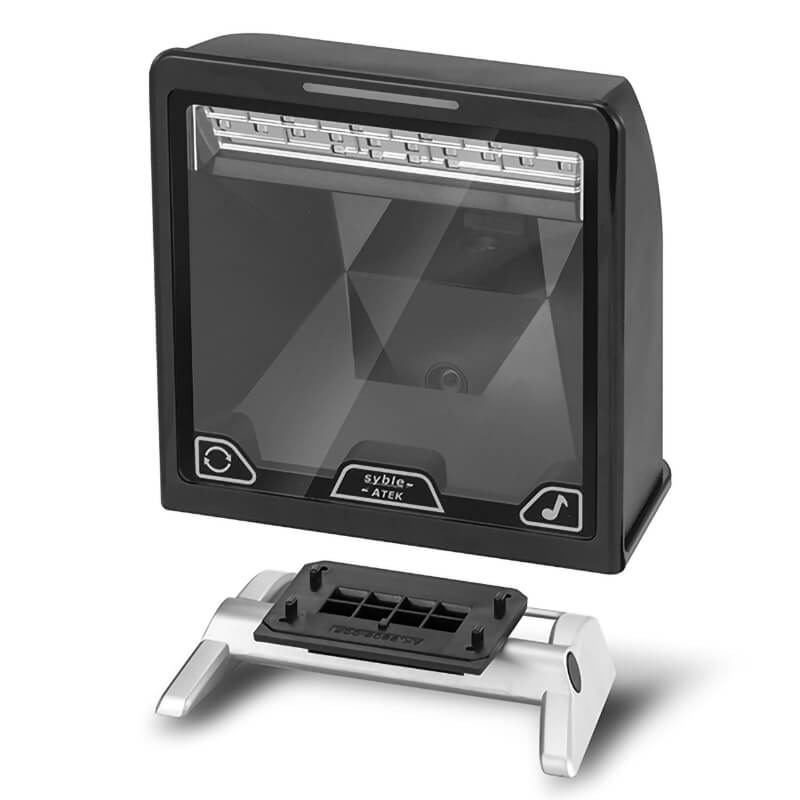
1d Portable Barcode Scanner For Pos System
Key Features Of Barcode Scanners
Simplicity: Barcodes distinguish themselves with their straightforward, linear design comprising parallel lines that vary in thickness and spacing to encode data. This simplicity makes barcodes particularly effective for basic tasks such as identification and tracking, especially prevalent in retail and logistics sectors.
Ubiquity: With a long-standing history and standardization across industries, barcodes serve as a universal tool for product identification and inventory management. Their omnipresence on product packaging facilitates swift and precise identification processes during transactions.
Cost-Effectiveness: Barcodes stand out for their cost efficiency. The implementation and maintenance costs of barcode systems are generally lower compared to those of QR code systems, offering a budget-friendly solution for businesses. The inherent simplicity in their design and operational technology further drives down the associated costs, broadening their accessibility across various business scales.
What Are QR Codes?
QR codes utilize advanced barcode technologies to encode data graphically for immediate scanning and retrieval. Unlike traditional barcodes, QR codes organize data in a unique matrix format, enhancing their functionality and versatility. This structured arrangement allows for more robust error correction and data density, accommodating a wider range of information and applications.

Efficient Handheld 1D Barcode Scanner for POS System
How Do QR Codes Work?
QR codes make extensive use of barcode technology and methodologies. They contain information that has been graphically encoded and is ready for scanning. The main difference is how QR codes organize this information. However, not all QR codes have the same functionality, as all QR codes are given an alphabetical code that determines the amount of physical code that can be blocked.
Key Features Of QR Code Scanners
High Data Capacity: QR codes excel in storing substantial amounts of data, facilitating their use in scenarios demanding detailed information encoding, such as embedding product specifications or contact details.
Versatility: The ability of QR codes to encode a wide range of data types, from binary to special characters, makes them highly adaptable for various uses, including website links, Wi-Fi credentials, and event information.
Quick Scanning: Designed for speed, QR code scanners efficiently capture and process data, ensuring quick access to information. This rapid functionality is crucial in mobile applications and other fast-paced environments, promoting seamless user experiences.
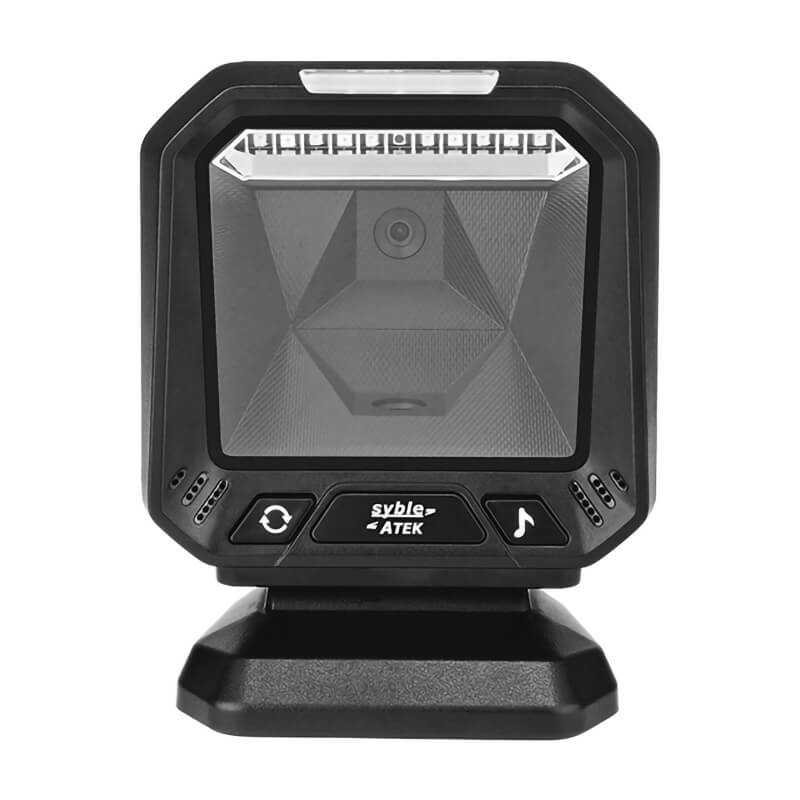
Barcode Scanner Desktop for POS Systems
What Are The Differences Between Them?
Understanding the key differences between barcode and QR code scanning technologies is essential. While traditional barcode scanners are adept at reading 1D barcodes, such as UPC, which feature a series of variable-width black and white lines, they cannot often interpret 2D barcodes. QR codes, as a subset of 2D barcodes, contain patterns of squares, dots, and unique shapes that encode data in two dimensions. This complexity requires a more advanced scanner with imaging technology that can capture and decode the entire symbol, rather than just reading a sequence of lines. Hence, an imaging-based QR code scanner is necessary for reading these intricate 2D codes.
QR codes fall into the 2D barcode category, characterized by their unique arrangement of squares, dots, and hexagons to encode data. Unlike 1D barcodes, QR codes demand specialized 2D barcode scanners for accurate interpretation. Because of design constraints, standard 1D barcode scanners cannot read QR codes.
When utilizing a 2D barcode scanner, it captures the entire image of the QR code at once. Subsequently, a decoding algorithm analyzes the complete image to extract the information encoded within the QR code. To ensure precise and efficient scanning of QR codes, it is imperative to use a dedicated 2D barcode scanner explicitly designed to handle the distinctive structure and encoding methods of QR codes.
Conclusion
The decision between QR codes and barcodes should be guided by the specific requirements of the application at hand. QR codes are preferable for complex data needs and versatile applications, while barcodes offer a dependable and economical choice for straightforward identification and tracking tasks. For those in need of barcode scanner that are adept with both 1D and 2D codes, SYBLE provides a comprehensive range of options. Explore our selection for the best deals on reliable scanning solutions.

